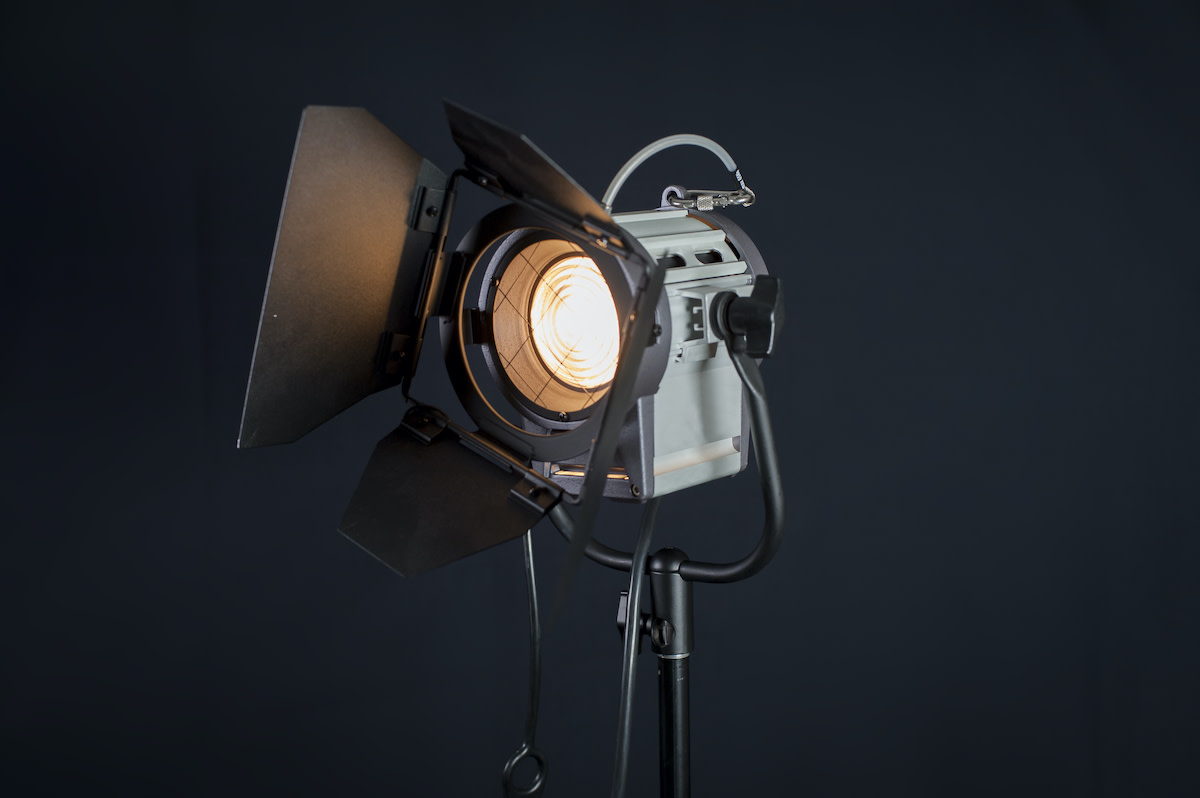Tungsten Lighting Guide: How to Use Tungsten Light in Film
Written by MasterClass
Last updated: Jun 7, 2021 • 3 min read
When filmmakers light their movie sets, they generally choose from five different light sources: natural sunlight, hydrargyrum medium-arc iodide (HMI) lighting, fluorescent lighting, LED lighting, and tungsten lighting. All have advantages and disadvantages, but tungsten lamps have long been a filmmaking staple.
Learn From the Best
What Is Tungsten Lighting?
Tungsten lighting is a form of incandescent illumination that incorporates pressurized halogen gas. Tungsten lamps operate much like the filament-based incandescent light bulbs that were, until very recently, the bulb of choice for home lamps and lighting fixtures. Likewise, tungsten lamps were the most common lighting instrument for most of filmmaking history, only recently ceding ground to more energy-efficient options like LED lights.
How Do Tungsten Lights Work?
Both tungsten film lights and ordinary domestic incandescent lamps use a tungsten filament to produce light. The primary difference is that tungsten film lights use halogen (an inert gas) to achieve higher color temperatures. As the color temperature scale (measured in degrees Kelvin) gets higher, tungsten light shifts from red to orange to yellow to white to blue to violet.
What Effects Do Tungsten Lights Create?
Tungsten lighting can produce different effects at different color temperatures.
- Indoor lighting and candlelight: Tungsten lights are most commonly used at low temperatures, which naturally produce magenta, red, orange, and yellow overtones. This creates the effect of indoor incandescent lighting and even candlelight. Skin tones look particularly pleasing under tungsten lights.
- Simulated natural daylight: At higher color temperatures, a tungsten source can produce brighter tones. When combined with a blue color-correction gel, a high-temperature tungsten light can produce the blue light the human eye perceives as daylight color.
- Muted blue light: Tungsten light gets bluer when the lamps are run at higher temperatures on the Kelvin scale. Still, the color of the light does not produce the piercing whites and blues associated with fluorescent light. To achieve a cool white or blue cast, directors and cinematographers often opt for fluorescent lamps.
Advantages of Tungsten Lights
Tungsten lamps have a robust history in filmmaking for good reason. They provide many advantages to the directors, cinematographers, grips, and best boys who use them. Tungsten lights are long-lasting and affordable compared to other lighting sources. Like other incandescent bulbs, tungsten film lights are dimmable, which allows them to produce pleasing warm colors at lower temperatures, creating lifelike color rendition and color balance. As opposed to fluorescent bulbs, tungsten bulbs are mercury-free.
Disadvantages of Tungsten Lights
Despite their many virtues, tungsten lights are far from perfect, and their use has decreased within the film industry. Tungsten lighting is heavy (LED lighting instruments are far more lightweight) and energy inefficient, requiring high wattage and converting more energy into heat than actual light. This means the lights become dangerously hot when in use. Tungsten light fixtures are also prone to failure when exposed to oils from human skin.
Tungsten Light vs. Daylight: Which Type of Light Is Best?
Until the advent of HMI, fluorescent, and LED lights, the world of cinematography relied on two primary lighting sources: tungsten lamps and natural daylight, each of which has its advantages.
- Tungsten: The primary advantage of using tungsten instruments over daylight is the ability to precisely control technical details like color temperature and white balance. Sunlight is white light that includes all the hues of the color spectrum. Filters, both on the camera, and in post-production, can change the color of white sunlight, but by using tungsten bulbs in a controlled studio environment, cinematographers and production designers can heavily experiment with lighting settings before filming even begins. Sunlight, by contrast, is impossible to control.
- Daylight: The primary advantage of using sunlight is that it is free and energy-efficient. Amateur and low-budget filmmakers may stage scenes outdoors when possible to take advantage of natural sunlight. While white-balancing and color temperature adjustment is trickier with the sun as your only source, today's digital film editing technology can compensate with color correction once you enter post-production.
- Combined tungsten and daylight: In many cases, filmmakers use daylight and tungsten lights in concert with one another. Daylight serves as the primary lighting source, and carefully placed tungsten lamps supplement the lighting palette and afford the filmmaking team a greater level of precision and control. That's why it's quite common to see large tungsten lights as part of an outdoor film shoot.
Want to Learn More About Film?
Become a better filmmaker with the MasterClass Annual Membership. Gain access to exclusive video lessons taught by film masters, including Spike Lee, David Lynch, Shonda Rhimes, Jodie Foster, Martin Scorsese, and more.
